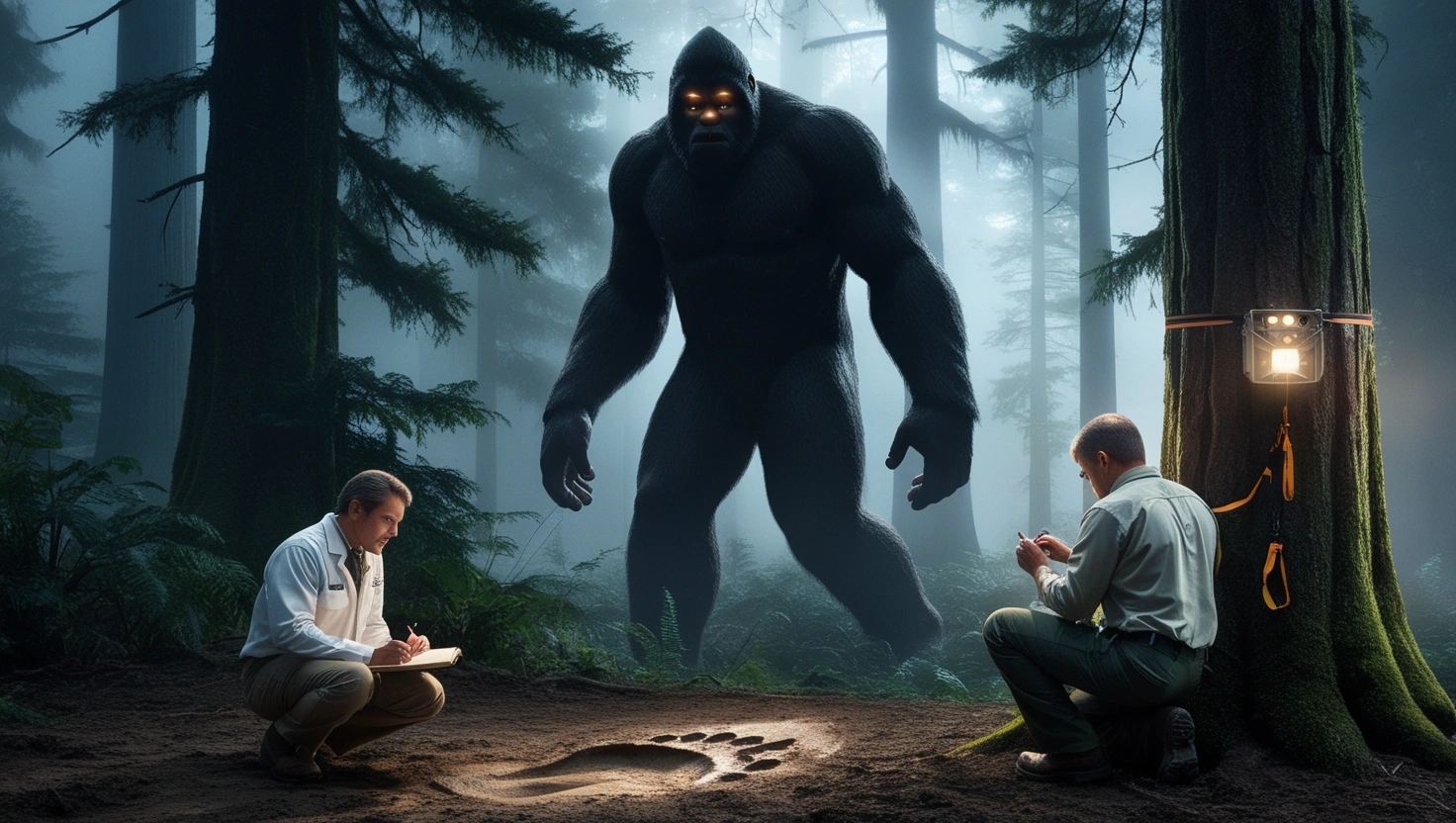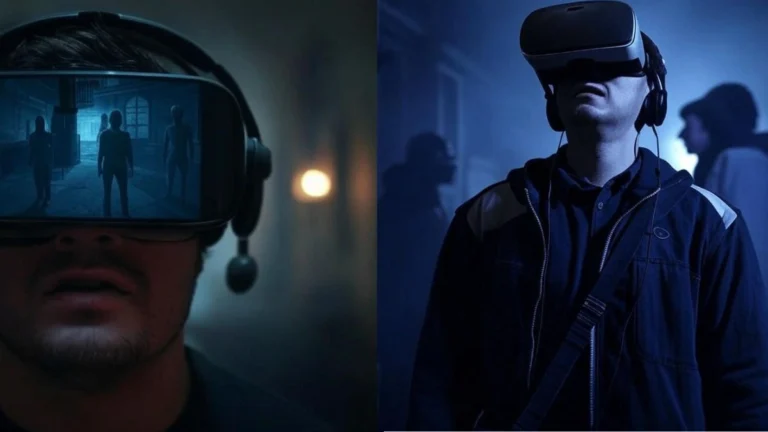The search for Bigfoot (also known as Sasquatch) remains one of the most enduring cryptozoological mysteries. Despite countless sightings, footprints, and blurry videos, definitive proof remains elusive. This guide examines the best scientific evidence, ongoing research, and how to investigate Bigfoot encounters like a pro
1. The Most Compelling Physical Evidence
While no DNA or body has been confirmed, several findings remain unexplained:
A. The Patterson-Gimlin Film (1967)
- The most famous Bigfoot footage, shot in Bluff Creek, California.
- Shows a large, hairy bipedal creature walking (experts debate if it’s a hoax).
- Modern analysis:
- Muscle movement appears biologically accurate.
- No known suit matched its proportions in 1967.
B. Dermal Ridges in Footprints
- Some casts (like those from Paul Freeman, 1982) show dermal ridges (fingerprint-like skin patterns).
- Experts argue:
- Pro: Hard to fake without advanced molding.
- Con: Could be artifacts of casting process.
C. Unidentified Hair & DNA Samples
- Oxford-Lausanne Colloquium (2012): Tested 30 “Bigfoot” hair samples.
- Most were known animals (bears, cows).
- Two samples were “unknown primate” (possibly degraded DNA).
- Dr. Melba Ketchum (2013) Controversy: Claimed Bigfoot DNA was a human hybrid—widely debunked.
2. Where Bigfoot Is Most Often Reported
Bigfoot sightings cluster in specific regions:
🌲 Pacific Northwest (U.S. & Canada) – Highest frequency (Washington, Oregon, British Columbia).
🌳 Appalachian Mountains – Reports of “Wood Apes.”
🏞️ Himalayas – The Yeti (Asia’s version of Bigfoot).
🌿 Swamps & Forests – Florida’s Skunk Ape, Louisiana’s Honey Island Swamp Monster.
🔹 Hotspot Map: BFRO Database tracks sightings.
3. Scientific Theories on What Bigfoot Could Be
A. Undiscovered Primate?
- Some scientists suggest a relict Gigantopithecus (extinct giant ape).
- Problem: No fossils in the Americas, but some argue migration was possible.
B. Misidentified Animals?
- Bears standing on hind legs.
- Large feral humans (hoaxers, hermits).
C. Psychological Phenomenon?
- Pareidolia (seeing faces/figures in shadows).
- Cultural myth reinforcement (expectation shapes perception).
4. How to Investigate a Bigfoot Sighting (For Amateur Researchers)
Step 1: Document the Encounter
- Record exact location, time, weather.
- Take photos/videos (note lighting, scale).
- Sketch the creature’s proportions (height, gait, fur color).
Step 2: Collect Physical Evidence
- Plaster cast footprints (use dental stone for best results).
- Bag hair/scat samples (wear gloves, avoid contamination).
- Look for broken branches/nests (possible shelter).
Step 3: Analyze & Report
- Submit to databases:
- Get DNA testing (via universities or private labs).
5. Debunking Common Hoaxes
- Fake Footprints: Look for dermal ridges, toe splay, and depth consistency.
- Costumed Hoaxers: Check for unnatural movement, visible zippers.
- CGI Videos: Analyze pixelation, shadows, and motion blur.
🔹 Red Flags:
- Blurry footage with no clear reference points.
- “Witnesses” selling books/movies afterward.
6. The Future of Bigfoot Research
- Environmental DNA (eDNA): Testing soil/water for genetic traces.
- Thermal Drones: Scanning dense forests for heat signatures.
- Citizen Science Apps: Crowdsourcing sightings with AI verification.
Final Verdict: Is Bigfoot Real?
- No conclusive proof exists—but some evidence remains unexplained.
- The search continues with better tech and scientific rigor.
Do you think Bigfoot is out there? Or just a myth? Share your thoughts!








